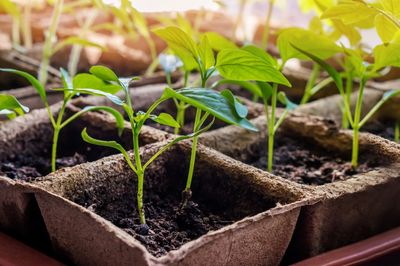Why Did My Seedling Die?
When you go to the effort of placing a little seed in the soil and nurturing it until it germinates, it is wrenching when the little seedling dies. This happens to most gardeners on occasion, and it’s always a disappointment. You may also be interested in learning about methods for protecting seedlings. But first, you need to understand the conditions a seed needs to germinate and what a seedling needs to thrive. To start protecting seedlings, you need an understanding of common seedling problems and their causes. Often, seedling issues involve improper cultural care of the seed and/or seedling. Many factors are required for the successful germination of seeds. These include the growing medium, the temperature, moisture, sunlight, and air circulation. These same factors impact the health of the seedlings.
Common Seedling Problems and Solutions
The most common seedlings problems relate to soil-borne diseases that attack the young, vulnerable plants. If you use soil from your garden, it may contain these diseases that will ultimately hurt your seedlings. How to save seedlings? It starts with light, sterile soil. If the temperatures fluctuate greatly while the seeds are germinating, the seedlings are more vulnerable to disease. Chilly, wet conditions also favor the development of fungal diseases, a very common cause of seedling death. You can deal with this seedling issue by using a waterproof heat mat under the pots. But watch the water. Only water if the soil feels dry to the touch. If you give your seeds lots of moisture and raise the temperature a little too much, you create the ideal conditions for fungal diseases. Sunlight is also critical to growing healthy seedlings. Inadequate light can produce leggy seedlings that are susceptible to disease. Be sure to put your seeds and seedlings in a south-facing window and give them adequate airflow.
